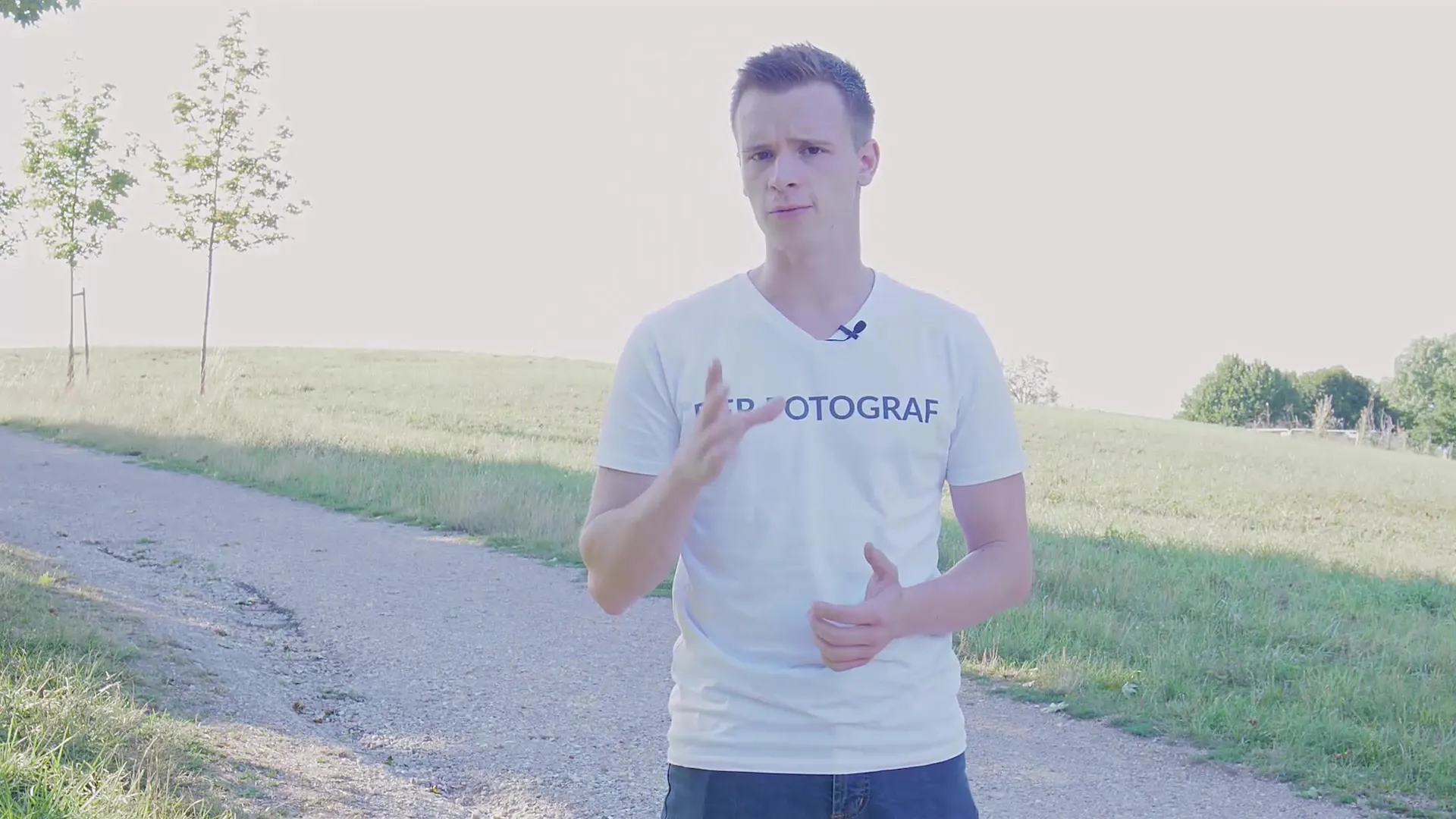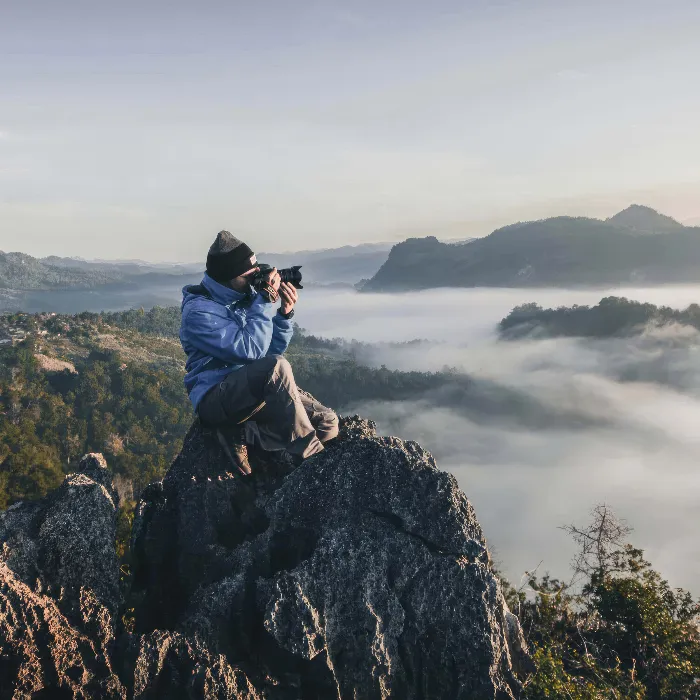Photography is more than just a snapshot. It is capturing moments filled with emotions and stories. When taking these memories, photographers often face a crucial question: Should I shoot in RAW or JPG format? Each of these formats has its own advantages and limitations. In this guide, you will learn how RAW differs from JPG and which format is best suited for your photography goals.
Key Insights
- RAW files offer higher quality and flexibility in image editing.
- JPG images are ideal for quick, uncomplicated applications.
- The choice of format depends on your individual needs and the type of photography.
Step-by-Step Guide
1. Understand What RAW Means
Before deciding on a format, it is important to understand what RAW actually is. RAW files are uncompressed image data captured by the camera. They correspond to the negative in analog photography – a starting point that still needs to be processed.

2. The Comparison of RAW and JPG
The main difference between RAW and JPG lies in how the files are stored and edited. RAW files store all the information that the camera can capture, while JPG files are already compressed and lose details in highlights and shadows.
3. The Quality of RAW Files
One of the most striking advantages of RAW is the quality of the image data. RAW files are much larger – often between 40 and 50 MB per image – compared to a JPG, which is a maximum of 12 MB. This file size is the foundation for the more in-depth editing possible with RAW.
4. Editing Options with RAW
When you edit an image with a RAW file, you have the freedom to correct white balance, adjust shadows and highlights, and clean up other errors without compromising image quality. This flexibility is significantly limited with JPG.
5. JPG and Its Limitations
While JPG files are convenient, they also have their limits. When you edit a JPG, you will find that colored areas that are overexposed or underexposed are difficult to correct. In fact, they may simply be lost in many cases.
6. What Choice Should You Make?
If you have a camera and want to take advantage of the ability to edit your images extensively afterwards, RAW is the better choice. It gives you more control and can provide you with more sophisticated results. However, if you simply want to preserve beautiful memories, JPG files are certainly sufficient.
7. Try It Out Yourself
Take the time to try out both formats. Take some shots in RAW format and compare them with JPG. Note the differences in editing and flexibility. This will help you get a better feel for which format best meets your needs.
Summary – RAW or JPG: The Decision for Digital Photography
The choice between RAW and JPG is often personal and depends on your individual goals and the type of photography. While RAW offers you endless possibilities for editing, JPG is the quicker solution for everyday shots.
Frequently Asked Questions
What is the difference between RAW and JPG?RAW stores uncompressed image data, while JPG is already compressed.
When should I use RAW?If you want to edit photos and have more control over image quality, RAW is ideal.
Are JPG files worse than RAW files?JPG files lose image information during compression, limiting editing options.
Can I convert RAW files to JPG?Yes, RAW can be converted to JPG at any time, but the loss of information is irreversible.
For which cameras is RAW available?Most digital SLR and mirrorless cameras offer RAW format.


